In metal fabrication, achieving flawless surfaces is critical for safety, functionality, and aesthetics. Deburring—the process of removing sharp edges (burrs) from machined parts—plays a pivotal role in industries like automotive, aerospace, and medical device manufacturing. This article explores deburring techniques, advanced tools like metal brush machines.
Deburring removes unwanted ridges or protrusions (burrs) formed during cutting, drilling, or stamping. These imperfections can:
Compromise safety by causing injuries
Hinder part assembly and functionality
Accelerate wear and tear in machinery
For example, in the automotive sector, deburred engine components reduce friction, while medical devices require burr-free surfaces to meet hygiene standards.
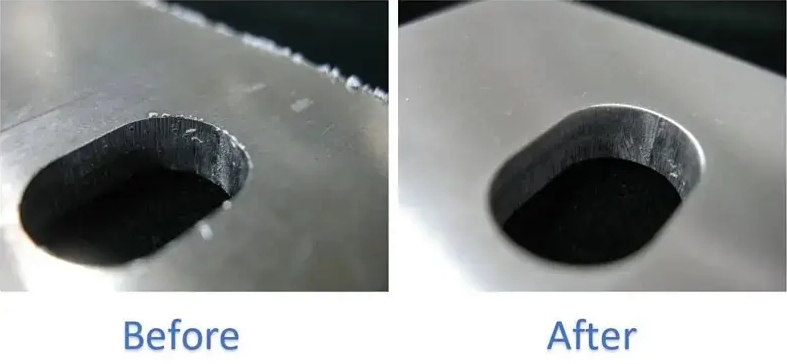
Why Deburring is Crucial in Manufacturing
Safety: Sharp edges pose risks to workers and end-users.
Performance: Burrs disrupt part alignment in aerospace turbines.
Aesthetics: Smooth surfaces enhance product appeal in consumer electronics.
Cost Savings: Reduces warranty claims and part replacements.
According to industry reports, the global automotive sector produced ~80 million vehicles in 2021, driving demand for efficient deburring solutions.
1. Metal Brush Deburring Machines
Uses rotating steel/nylon brushes to automate edge smoothing. Ideal for flat or curved surfaces.
Programmable systems for complex geometries in aerospace components.
3. Tumbling Deburring Machines
Rotates parts with abrasive media in a drum—perfect for high-volume production.
4. Thermal Deburring Machines
Uses controlled explosions to remove burrs in hard-to-reach areas.
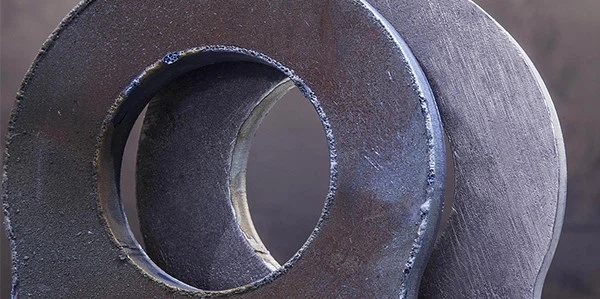
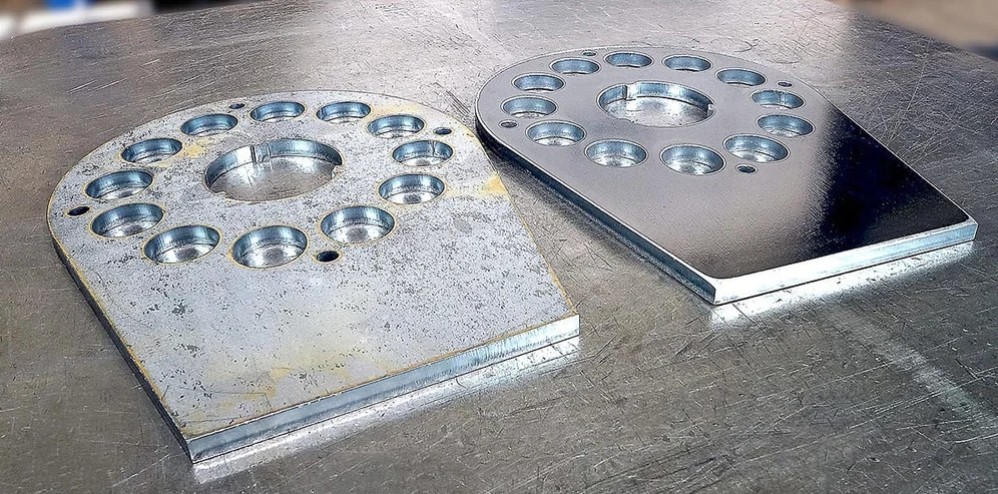
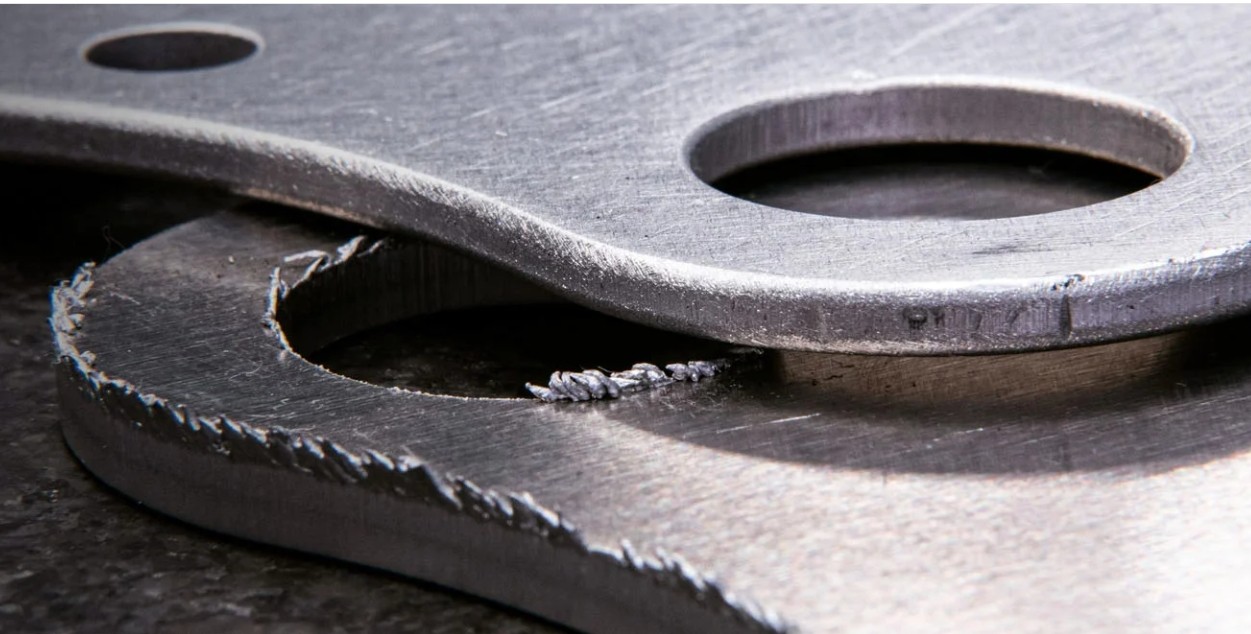
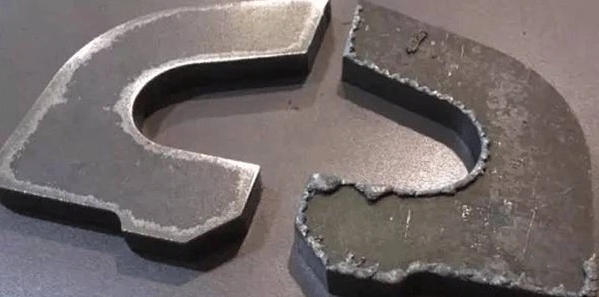
Material: Steel vs. plastic requires different approaches.
Part Complexity: CNC machines handle intricate designs.
Production Volume: Automated systems for large batches.
Budget: Balance upfront costs with long-term ROI.
Conclusion
Deburring ensures product reliability and safety across industries. Metal brush machines and CNC systems offer scalable, cost-effective solutions. By integrating these tools, manufacturers enhance quality while optimizing production workflows.






